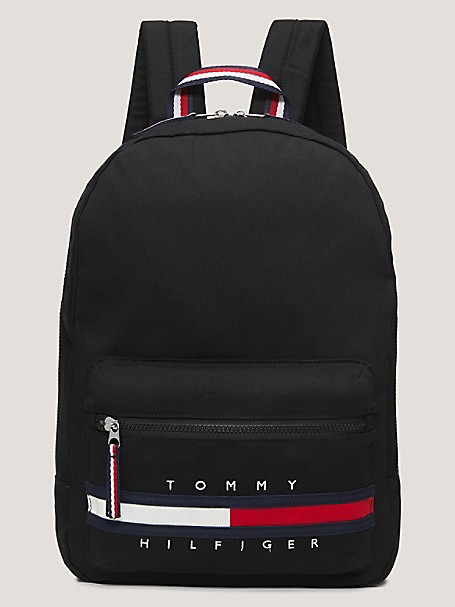
tc01530【新品未使用】 トミーヒルフィガー TOMMY HILFIGER 4サイズ 子供服 女の子用 ジャケット - SMASELL(スマセル)公式通販/サスティナブルアウトレットモール スマセル

Tommy Hilfiger Licensing LLC. - Tommy Hilfiger Licensing LLC. is a global apparel and retail company that manages the Tommy Hilfiger and Hilfiger Denim brands. | Startup Ranking

USA購入 トミーヒルフィガー TOMMY HILFIGER シャワー サンダル サイズ10 28cm(トミーヒルフィガー)|売買されたオークション情報、yahooの商品情報をアーカイブ公開 - オークファン(aucfan.com)

TOMMY HILFIGER ACCELERATES SUSTAINABILITY JOURNEY WITH AMBITIOUS MAKE IT POSSIBLE PROGRAM | Tommy Hilfiger Global | Latest Collections Info

メール便 タグ付き TOMMY HILFIGER トミーヒルフィガ 半袖 レースアップ パーカー トップス フード 薄手 2 テンセル チャコール系(半袖Tシャツ)|売買されたオークション情報、yahooの商品情報をアーカイブ公開 - オークファン(aucfan.com)



















